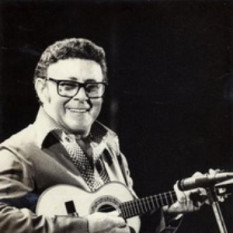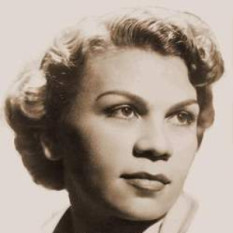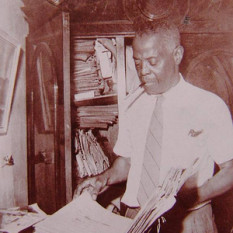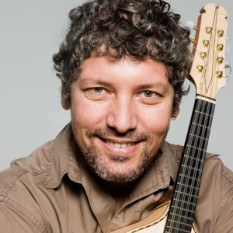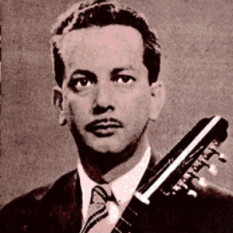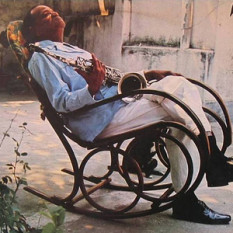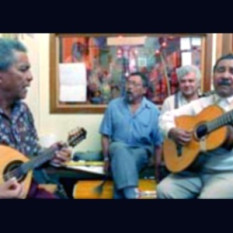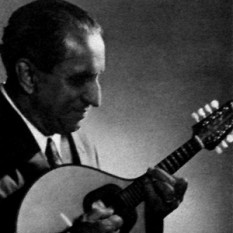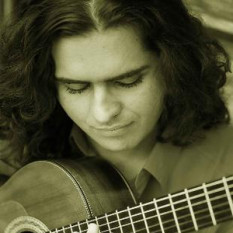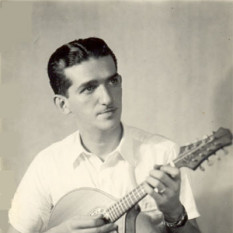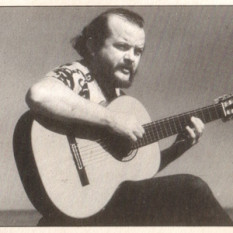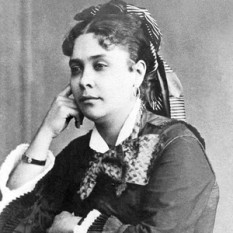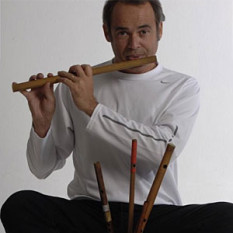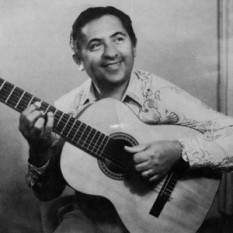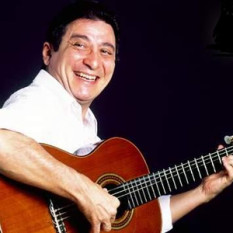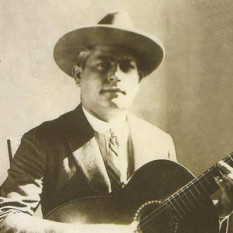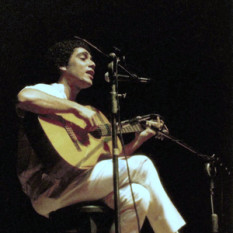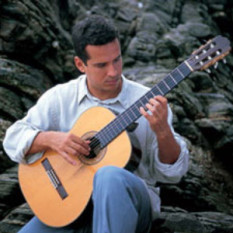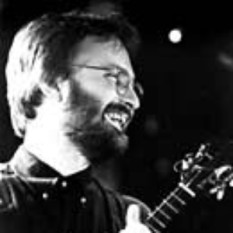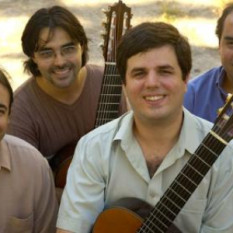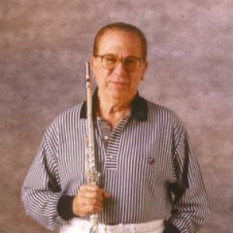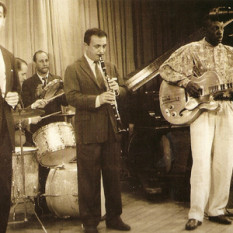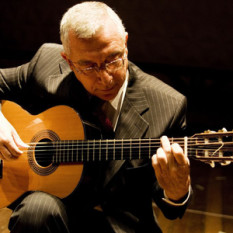Choro traditionally called chorinho, is a Brazilian popular music instrumental style. Its origins are in 19th century Rio de Janeiro. In spite of the name, the style often has a fast and happy rhythm, characterized by virtuosity and improvisation. Choro is considered the first (and most important) popular music typical of Brazil.
Much of the success of this style of music came from the early days of radio, when bands performed live on the air. By the 1960s it had evolved into urban samba. However, in the late 1970s there was a successful effort to revitalize the genre, through TV-sponsored nation-wide festivals in 1977 and 1978, which attracted a new, younger generation of musicians. Thanks in great part to these efforts, choro music remains strong in Brazil. More recently, choro has attracted the attention of musicians in the United States, such as Mike Marshall and Maurita Murphy Mead, who have brought this kind of music to a new audience. Most Brazilian classical composers recognize the sophistication of choro and its major importance in Brazilian instrumental music. Radamés Gnattali said it was the most sophisticated instrumental popular music in the world. Heitor Villa-Lobos defined choro as the true incarnation of Brazilian soul. Notably, both composers had some of their music inspired by choro, bringing it to the classical tradition.
According to Aquiles Rique Reis (a Brazilian singer), "Choro is classical music played with bare feet and callus on the hands" .

